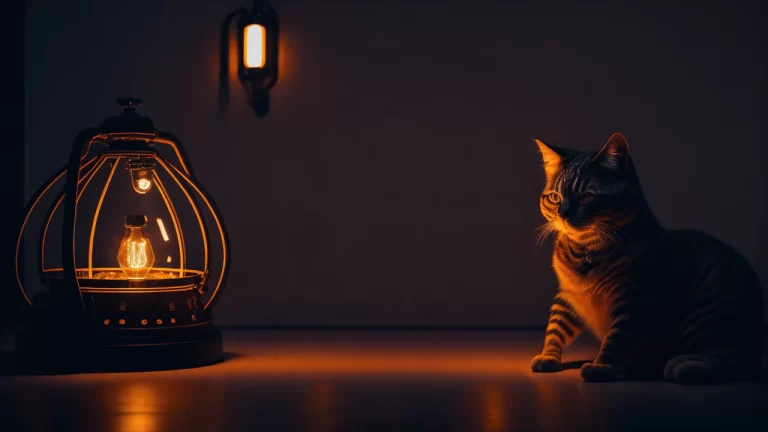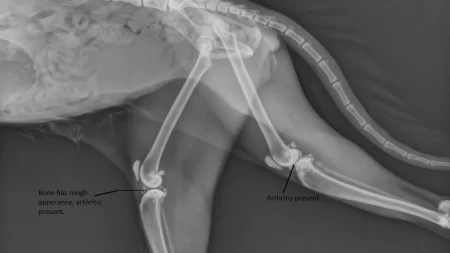Yes, heat lamps are generally safe to use but do pose some potential risks for cats that need to be considered before using them.
Heat lamps are devices that emit infrared radiation to provide warmth for animals or plants. They can be used to keep cats cozy and comfortable in cold weather, but they also have some potential risks that you should be aware of.
Heat lamps are sometimes used to provide supplemental warmth for cats that need extra heat due to age, illness, or environmental temperatures. However, heat lamps do come with some risks that cat owners should be aware of. When used with care and caution, heat lamps can be a safe way to provide therapeutic warmth for feline companions.
Possible Dangers Associated with Using Heat Lamps on Cats
There are several potential dangers to be aware of when using heat lamps for cats:
1. Burns and Overheating
Like any heat source, heat lamps carry a risk of burns if a cat gets too close. Burns can happen very quickly with heat lamps. Appropriate positioning and monitoring of the lamps is essential to prevent overheating.
2. Fire Hazard
Heat lamps get extremely hot. If the lamp falls or the cat knocks it over, there is a risk of fire from the high temperatures. Proper mounting and placement of the lamp can reduce this risk.
3. Eye Damage
Cats’ eyes are sensitive, and exposure to the bright light from a heat lamp can potentially cause eye irritation or damage. Shielding the lamp and providing shaded areas can help avoid this.
4. Electrical Hazards
Faulty electrical cords, poor connections, and chewing on cords can lead to electrical dangers from heat lamps. Proper set up and cord protection is important.
How to Safely Use a Heat Lamp for Cats?
Heat lamps can be used safely for cats when the proper precautions are taken:
1. Choose the Right Heat Lamp
Select a ceramic infrared heat lamp designed for animal use. Ensure it is the proper wattage for the size of area you need to heat. Position it at least 18-24 inches above the floor.
2. Position the Heat Lamp Safely
Mount the lamp securely out of the cat’s reach. Place it where the cat cannot accidentally brush up against it or knock it over. Provide ample space for the cat to move away from the heat.
3. Monitor the Temperature
Use a thermometer to regularly check the temperature in the heated area. Adjust the lamp height as needed to maintain a safe ambient temperature.
4. Provide a Comfortable Environment
Give the cat shaded, cooler areas to retreat to as needed. Ensure there is plenty of water to prevent dehydration. Monitor the cat for any signs of overheating.
Alternatives to Cat Heating Lamps
If you are concerned about the risks of heat lamps, there are some safer options to consider:
1. Heated Cat Beds
Self-warming cat beds with buried heating elements are a safer enclosed heating source. Just ensure the cat can move on and off the bed freely.
2. Microwavable Heating Pads
Microwavable heating pads that stay warm for hours can be placed in a cat’s bed. This localized heat source poses little risk of burns.
3. Insulated Cat Houses
An insulated outdoor cat house with warm bedding provides a warm nest, protecting the cat from drafts and cold surfaces.
4. Electric Blankets
A low-heat electric blanket covered with a towel provides gentle warmth for an aging or arthritic cat. Use one that automatically shuts off for safety.
Conclusion
Heat lamps do require some cautions when used for feline companions, but they can be a safe supplemental heating source when set up properly. Make sure to monitor the cat closely and take steps to prevent risks like burns, fire, and eye damage. If in doubt, safer heated cat beds and pads may be the better option. With some care and awareness, heat lamps can be used successfully to keep cats warm and comfortable.







